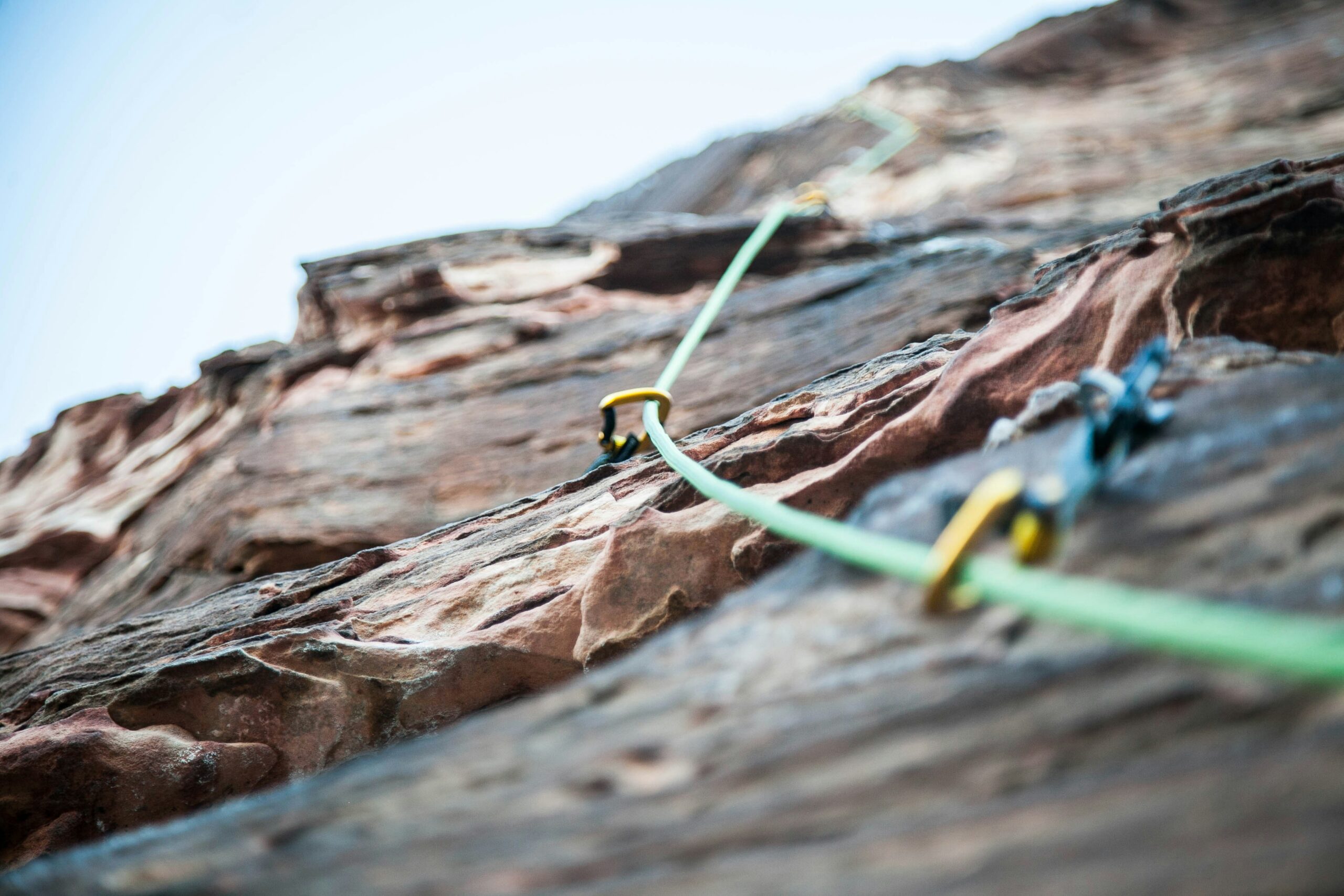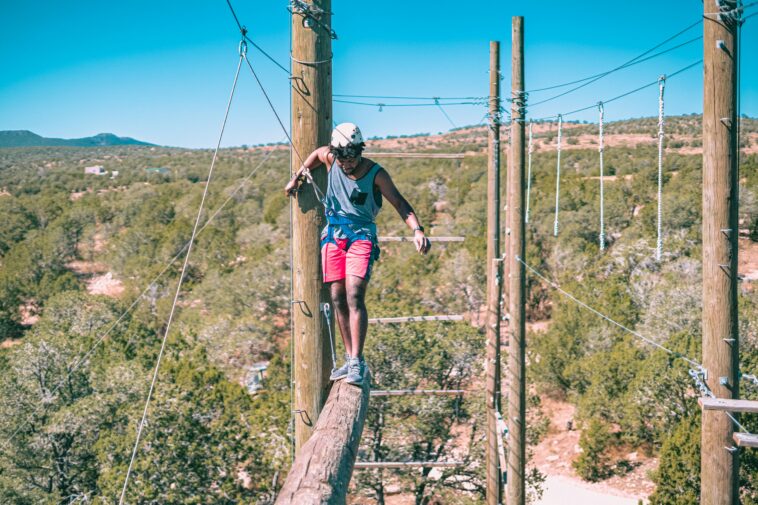What Are The Different Types Of Boating Ropes?
Boating ropes are essential tools for any water enthusiast. Whether you’re tying up your boat at the dock or securing a line to a buoy, having the right type of rope can make a big difference. In this article, we will explore the different types of boating ropes available and how they can be used for various purposes.

Understanding The Basics Of Boating Ropes
Before we dive into the different types of boating ropes, it’s important to understand the basics. Boating ropes are typically made from synthetic materials such as nylon, polyester, or polypropylene. These materials are chosen for their strength, durability, and resistance to water damage.
Boating ropes come in various thicknesses, lengths, and strengths, which are measured in pounds or kilograms. When choosing a rope for your boating needs, it’s essential to consider factors such as the weight of your boat, the type of water you’ll be navigating, and the specific tasks you’ll be using the rope for.
Choosing The Right Rope Material
When it comes to boating ropes, the material used plays a significant role in its performance and durability. Here are some common types of materials used for boating ropes:
-
Nylon: Nylon ropes are known for their exceptional strength and elasticity, making them a popular choice for boaters. Nylon ropes are also resistant to UV rays and abrasion, making them suitable for various water conditions.
-
Polyester: Polyester ropes are another popular choice for boating. They are less stretchy than nylon ropes but offer excellent resistance to abrasion, making them ideal for use in rough waters or when docking.
-
Polypropylene: Polypropylene ropes are lightweight and floatable, making them suitable for water sports or emergency situations. However, they are not as strong as nylon or polyester ropes and may degrade over time with exposure to UV rays.
Understanding Rope Construction
In addition to the material used, the construction of the rope also plays a crucial role in its performance. There are three main types of rope construction:
-
Twisted: Twisted ropes are made by twisting individual strands of fibers together to create a spiral pattern. These ropes are flexible and easy to handle, making them ideal for general boating tasks.
-
Braided: Braided ropes are made by weaving multiple strands of fibers together to create a strong, durable rope. Braided ropes are less likely to unravel and have a smoother texture, making them ideal for applications that require strength and reliability.
-
Double Braid: Double braid ropes are constructed with a braided core and an outer braided cover, providing added strength and durability. These ropes are ideal for heavy-duty applications or when extra protection is needed.
Common Types Of Boating Ropes
Now that we’ve covered the basics of boating ropes let’s explore some common types of ropes used in boating:
Dock Lines
Dock lines are essential for securing your boat to the dock and preventing it from drifting away. These ropes are typically made from nylon or polyester for strength and stretch resistance. Dock lines come in various lengths and thicknesses to accommodate different boat sizes and docking scenarios.
Anchor Lines
Anchor lines are used to secure your boat in place when anchored. These ropes need to be strong enough to withstand wind, waves, and currents without breaking. Anchor lines are typically made from nylon for its strength and elasticity, allowing the rope to absorb shock and prevent damage to the boat or anchor.
Mooring Lines
Mooring lines are used to tie your boat to a fixed object such as a piling, buoy, or dock cleat. These ropes need to be strong enough to withstand tides, currents, and weather conditions. Mooring lines are usually made from durable materials like polyester or double braided nylon for added strength and reliability.
Tow Ropes
Tow ropes are used for towing water sports enthusiasts or assisting boats in distress. These ropes need to be strong enough to handle the weight and force of towing without breaking. Tow ropes are typically made from durable materials like polypropylene or nylon, with a braided construction for added strength and reliability.
Rigging Lines
Rigging lines are used for setting up sails, securing equipment, or performing rigging tasks on a boat. These ropes need to be strong, durable, and resistant to abrasion. Rigging lines are typically made from high-strength materials like polyester or double braid nylon for added reliability and performance.
Safety Lines
Safety lines are used to keep passengers and crew members safe while on board a boat. These ropes need to be strong, durable, and resistant to water damage. Safety lines are usually made from high-visibility materials like polyester or polypropylene for easy identification and quick action in case of emergencies.

Tips For Maintaining Boating Ropes
Now that you’re familiar with the different types of boating ropes, it’s essential to know how to care for and maintain them properly. Here are some tips for keeping your boating ropes in top condition:
-
Rinse Regularly: After each use, rinse your ropes with fresh water to remove salt, dirt, and debris that can cause damage over time.
-
Dry Thoroughly: Allow your ropes to dry completely before storing them to prevent mold, mildew, and rot from developing.
-
Inspect For Wear: Regularly inspect your ropes for signs of wear, fraying, or damage and replace them as needed to maintain safety and performance.
-
Store Properly: Store your ropes in a cool, dry place away from direct sunlight and harsh chemicals to prevent degradation and prolong their lifespan.
-
Avoid Knots: Avoid storing your ropes with knots or kinks, as they can weaken the fibers and reduce the rope’s strength and reliability.
By following these tips, you can ensure that your boating ropes remain in excellent condition and provide reliable performance whenever you need them.

Conclusion
Boating ropes are essential tools for any water enthusiast, and choosing the right type of rope can make a big difference in your boating experience. By understanding the different types of boating ropes available, their uses, and how to maintain them properly, you can ensure that your ropes are strong, reliable, and ready for any boating adventure. Whether you’re securing your boat at the dock, anchoring in rough waters, or towing a water sports enthusiast, having the right boating ropes on hand is crucial for safety, convenience, and peace of mind on the water.





